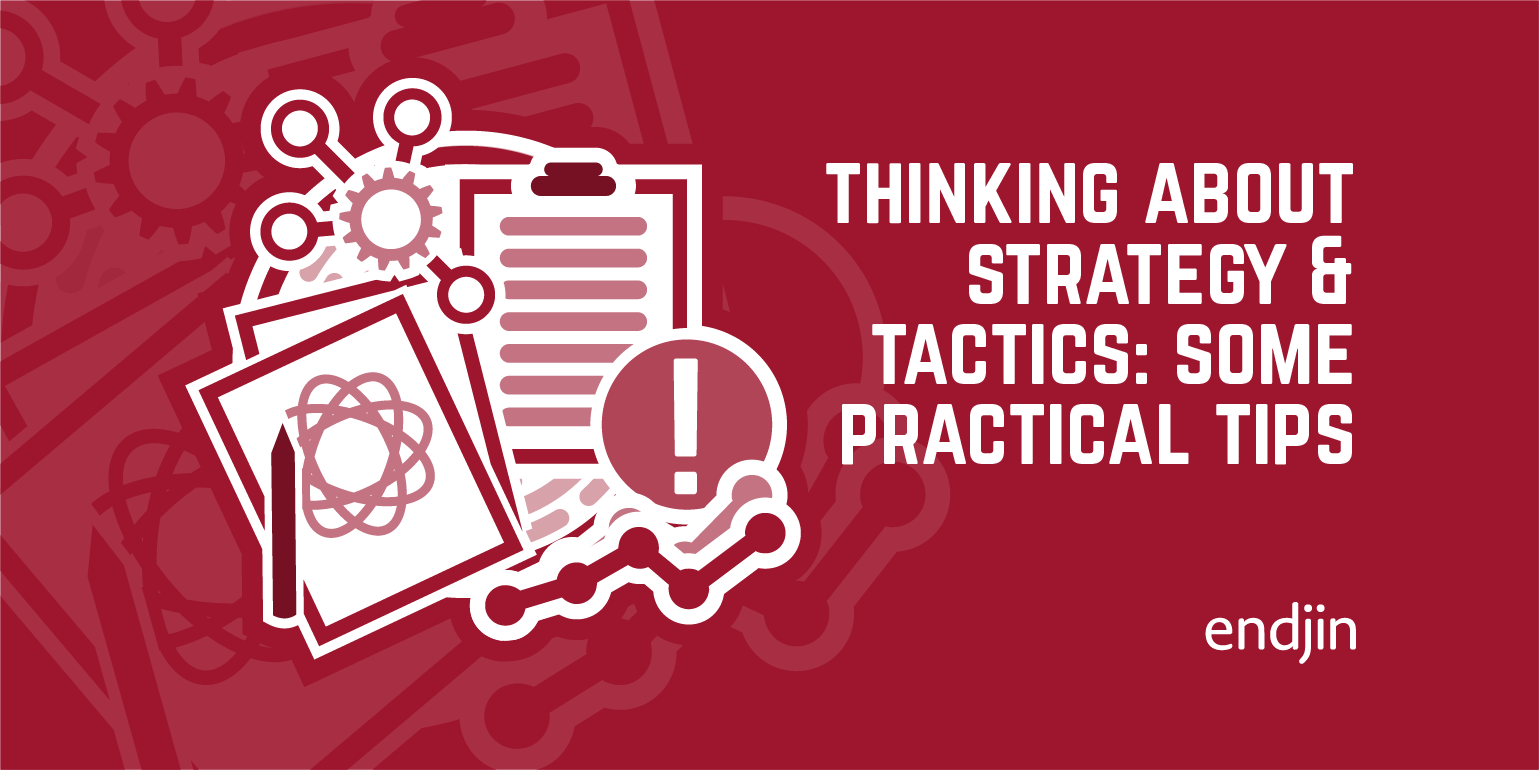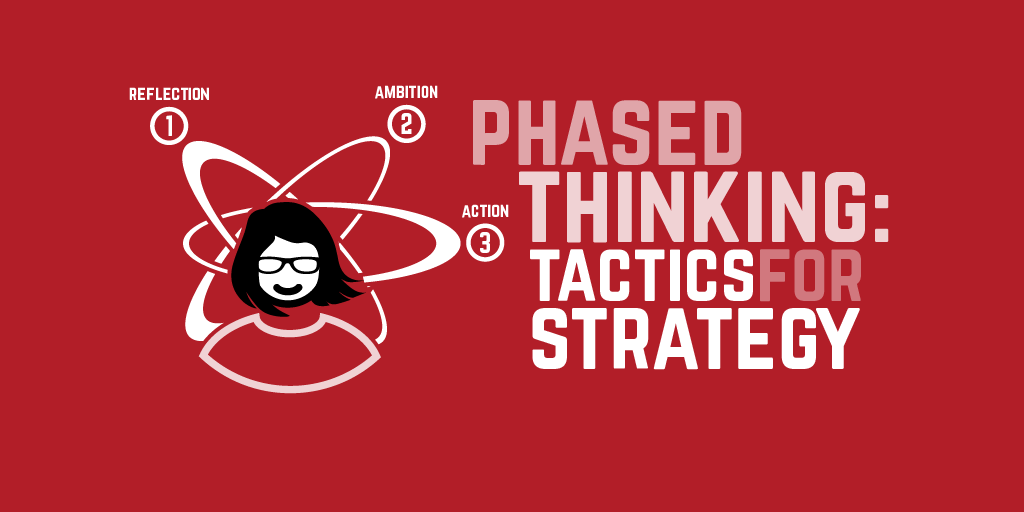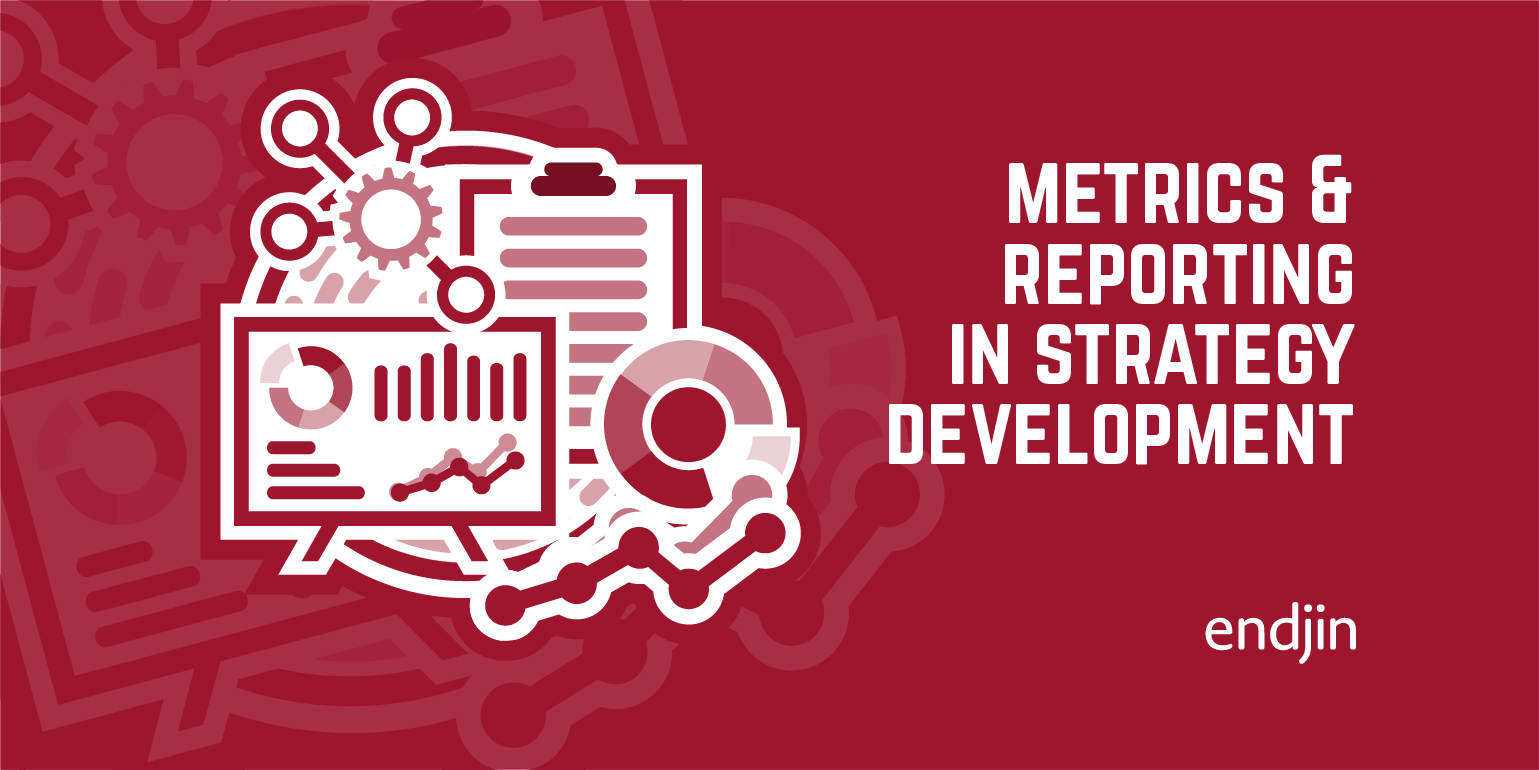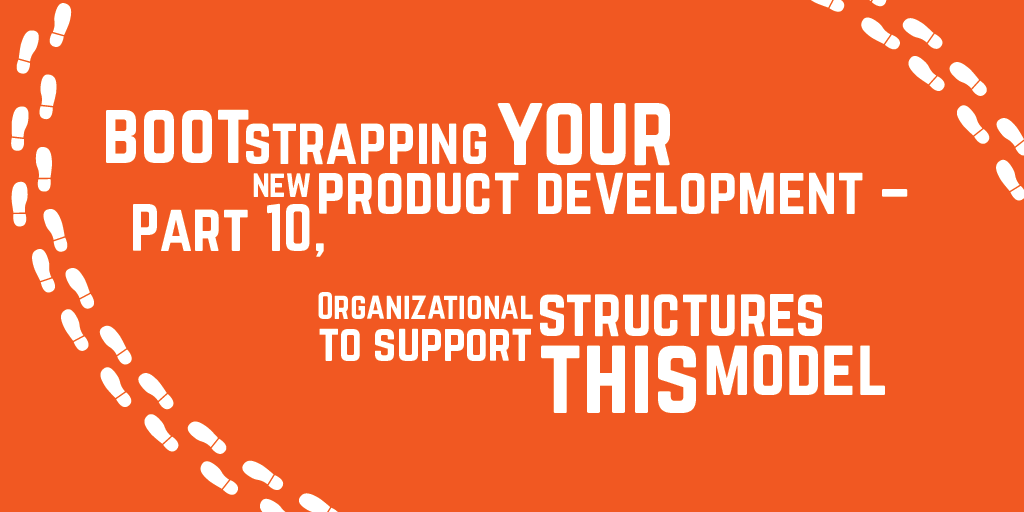Thinking About Strategy & Tactics: Some Practical Tips

Almost all of our engagements start with a goal statement of some kind: a client comes to us and asks for some help with "something." That "something" is, more often than not, couched in terms of a partial solution. "We need some help with our Windows Azure migration" or "We need some help with our web site" or "We need some help with performance tuning our application" or "we need some help breaking into this new market we've identified."
Sometimes the problem is seen by the client as "strategic", and sometimes as "operational". These are probably the most abused words in business. 99% of the time, "strategic" is really a synonym for "big and scary" and operational means "hurting us really hard every minute of every day".
We think that the best way to understand any goal is to map it right back to its origin, understand where it sits in the strategic landscape, and how its value is realized. You can then understand whether your "operational" problem is really a strategic mis-alignment, or your "strategy" is actually a tactical response to market conditions. It also helps to avoid premature solutionizing, and perhaps avoid expensive commitments before the goals are properly set.
Here are our top 5 tips for thinking strategically:
- Strategy is a collaborative business. You need to be on top of the detail, with the ability to re-synthesize, re-aggregate and re-focus. Your current reporting is a reflection of your current strategy, so you will need to go back to raw information closer to the coal-face to test your understanding. Even in an SME it is unlikely that the board has all that information at their fingertips; you'll have to cast your net wider and probably commit to some research.
- Strategy is just as iterative and incremental as your operations. Although the timelines are (perhaps) longer, you still have a delivery cadence, and all the disciplines of risk management, impediment tracking, retrospectives and continuous improvement are just as applicable at the strategic level.
- Strategy is actionable. The output of any strategy session should be reflected in a backlog of strategic work items, owned by the stakeholders.
- Strategy should be focused on business value. Understand the flow of value through your organization. Establish a common understanding of what "value" really is, and how it is metricized and reported. Ensure goals are well articulated and commonly understood on short, medium and long-term horizons.
- Strategy is a hypothesis. You are making a guess about the future of your business. Any hypothesis must be articulated in a way that is testable. Its outputs must be measurable, and your reporting must be based on those measures.




